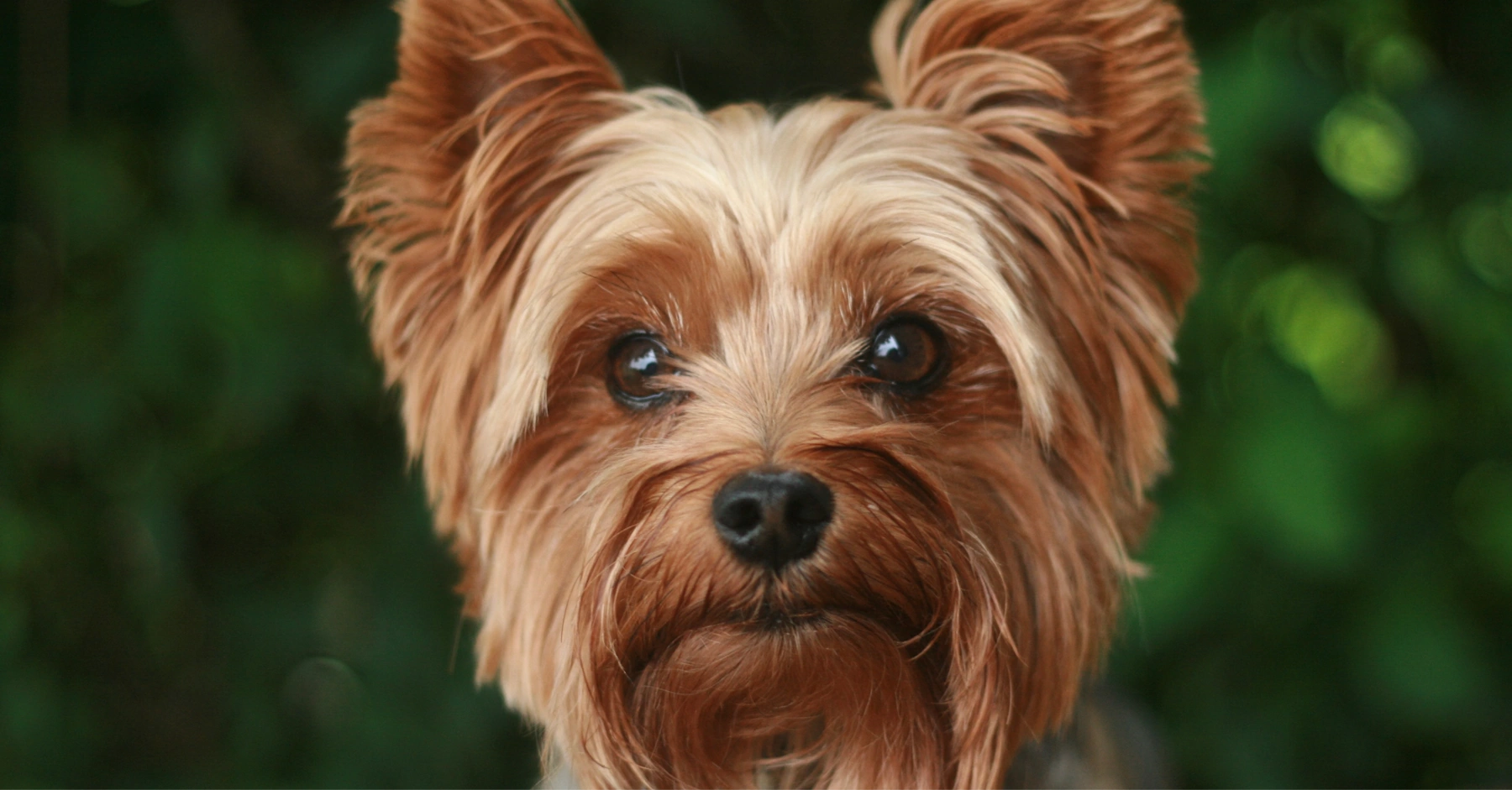The Yorkshire Terrier, often affectionately called the Yorkie, is a delightful small dog breed that has captured the hearts of many dog lovers around the world. Despite their tiny size, these pint-sized pooches pack a punch with their lively personality, luxurious coat, and unwavering loyalty. In this blog post, we will explore the origins, characteristics, care requirements, and the endearing qualities that make Yorkshire Terriers such beloved companions.
Origins and History
The story of the Yorkshire Terrier begins in the rugged county of Yorkshire, England, during the Industrial Revolution. The breed’s ancestors were likely a combination of various terrier breeds, including the Black and Tan Terrier, Maltese and Skye Terrier. These small terriers were highly valued for their adeptness at controlling vermin in coal mines and textile mills.
Initially, the early Yorkshire Terriers were known by different names, such as the Broken-Haired Scotch Terrier or the Toy Terrier. However, it was in the mid-19th century that they gained popularity as the Yorkshire Terrier, named after the region where they were extensively bred.
The development of the modern Yorkshire Terrier owes much to a group of breeders in Yorkshire, who sought to refine and improve the breed’s appearance and temperament. Selective breeding was employed to enhance certain desirable traits, including a compact body, a luxurious coat, and an endearing personality.
In 1861, the Yorkshire Terrier gained recognition when it was exhibited at a dog show in England. The breed quickly caught the attention of dog enthusiasts with its distinctive long, flowing coat and charming presence. The Yorkshire Terrier’s popularity continued to grow, and it soon became a sought-after companion among the Victorian elite.
As the breed’s popularity soared, efforts were made to establish a standardised appearance for the Yorkshire Terrier. In 1874, the Yorkshire Terrier Club was founded in England, with the aim of promoting the breed and establishing guidelines for its breeding and exhibition. The club played a crucial role in solidifying the breed’s characteristics and ensuring consistency in Yorkshire Terriers’ appearance.
The breed standard for the Yorkshire Terrier was gradually refined, emphasising specific traits such as a compact body, a straight back, and a glossy, fine-textured coat that is parted from the nose to the tail. These standards provided a blueprint for breeders to produce Yorkshire Terriers that adhered to the ideal look and temperament.
In the late 19th century, Yorkshire Terriers made their way across the Atlantic and gained popularity in the United States. They were embraced by dog lovers who were captivated by their beauty and charming personality. The American Kennel Club officially recognised the breed in 1885.
Over time, Yorkshire Terriers became beloved companions worldwide, captivating dog enthusiasts with their small size, lively spirit, and glamorous appearance. Their adaptability to different living situations, from small apartments to larger homes, contributed to their popularity as cherished family pets.
In the present day, the Yorkshire Terrier continues to enchant people with its distinctive allure. While their origins lie in working roots, they have transformed into beloved companions, delighting their owners with their loyalty, intelligence, and spunky nature. Whether strutting down the show ring or snuggling on a lap, the Yorkshire Terrier’s presence is unmistakable.
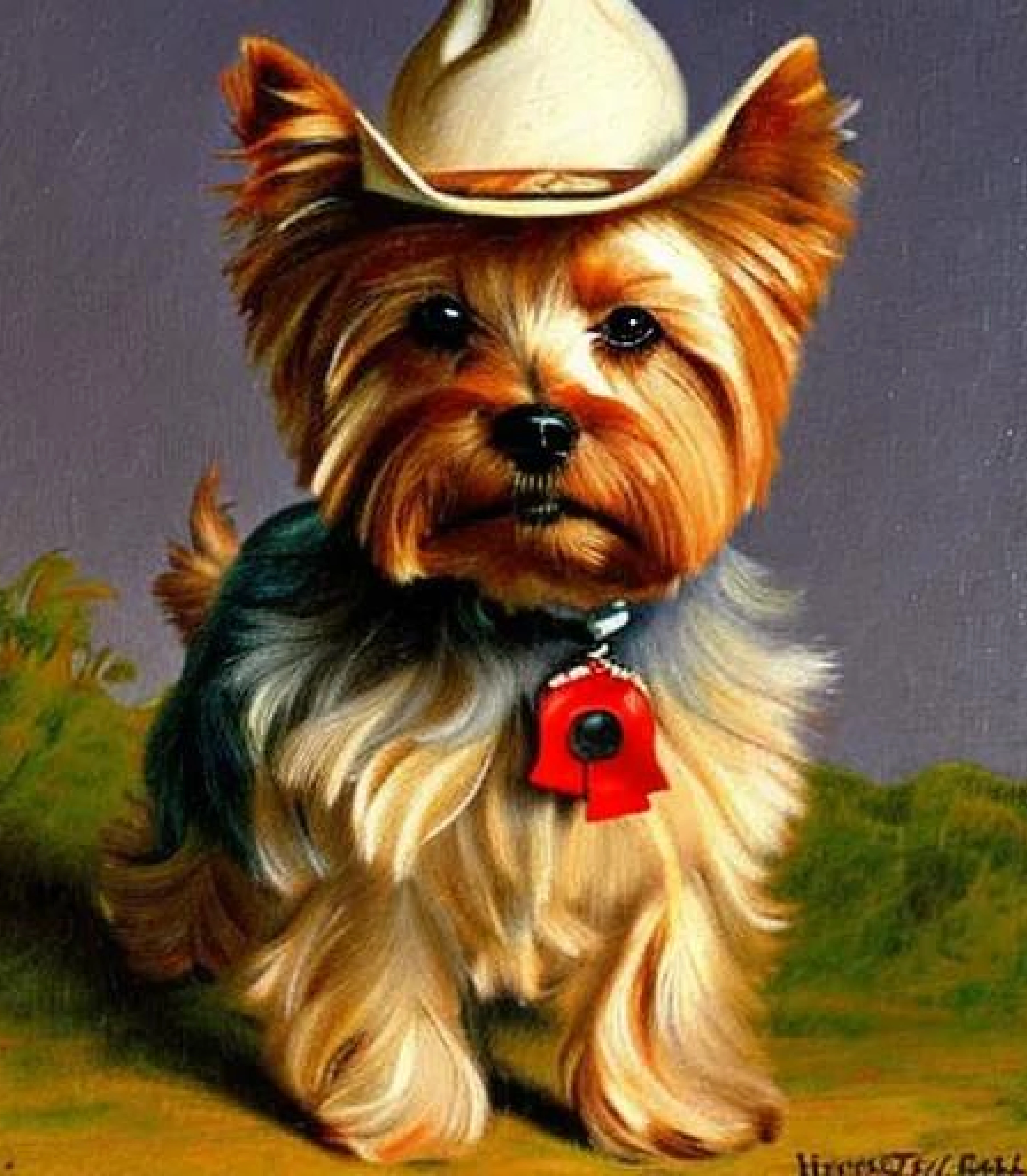


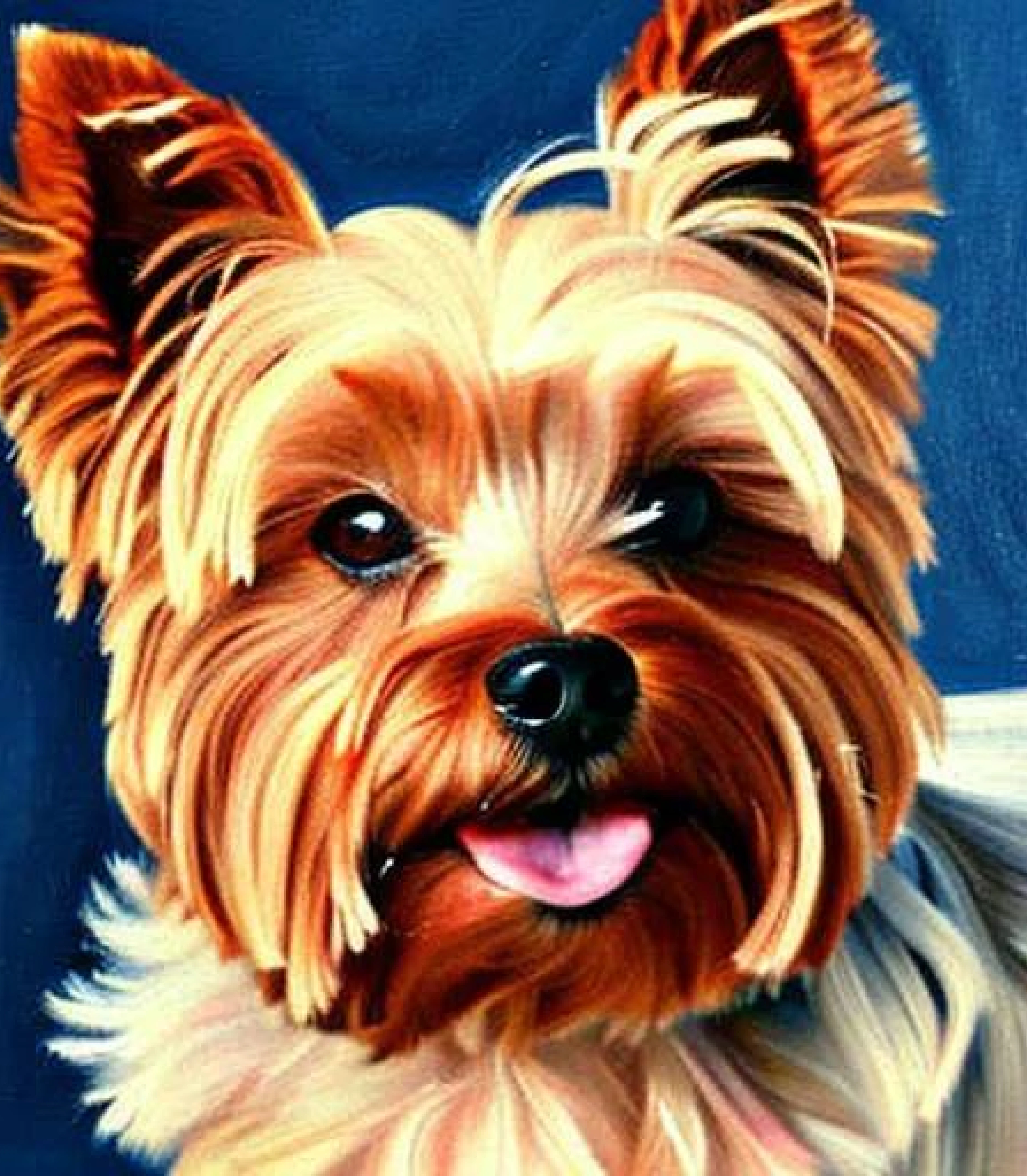
Characteristics and Temperament
Yorkshire Terriers are known for their small size, typically weighing between 1.8 to 3.2 kilograms and standing about 20 to 23 centimetres tall. They possess a long, flowing coat that is often silky and comes in a variety of colours, including black and gold, blue and tan, and even parti-coloured.
Beneath their glamorous appearance, Yorkies have a spirited and confident personality. They are known for their feistiness and can display a level of assertiveness that belies their size. Despite their self-assured nature, Yorkshire Terriers are also incredibly affectionate and form strong bonds with their human families. They thrive on attention and enjoy being in the company of their loved ones.
Care and Training
Yorkshire Terriers require a moderate amount of care to keep them healthy and happy. Their long coat needs regular grooming to prevent matting and tangling. Daily brushing is essential to maintain the coat’s lustre and remove any loose hairs. Regular bathing and trimming of the hair around their eyes and ears are also necessary to prevent irritation and infection.
As intelligent dogs, Yorkshire Terriers respond well to positive reinforcement training methods. Early socialisation and obedience training are crucial to ensure they grow into well-behaved and confident adult dogs. Despite their size, Yorkies can be prone to small dog syndrome, so consistent training and boundaries are important to prevent behavioural issues.
Exercise is necessary for their physical and mental stimulation, but due to their small size, Yorkshire Terriers do not require excessive exercise. Regular walks, interactive play sessions, and mental enrichment activities are sufficient to keep them happy and healthy.
Health Considerations
Like all dog breeds, Yorkshire Terriers are susceptible to certain health conditions. Some common health concerns for Yorkies include dental problems, patellar luxation (knee joint dislocation), tracheal collapse, and eye issues such as cataracts and progressive retinal atrophy.
The Yorkshire Terrier is a captivating breed that brings immense joy and companionship to its owners. Their small size, beautiful coat, and vivacious personality make them an irresistible choice for many dog enthusiasts. If you are looking for a delightful and affectionate companion, the Yorkshire Terrier might be the perfect choice to brighten your days and fill your heart with their boundless charm.
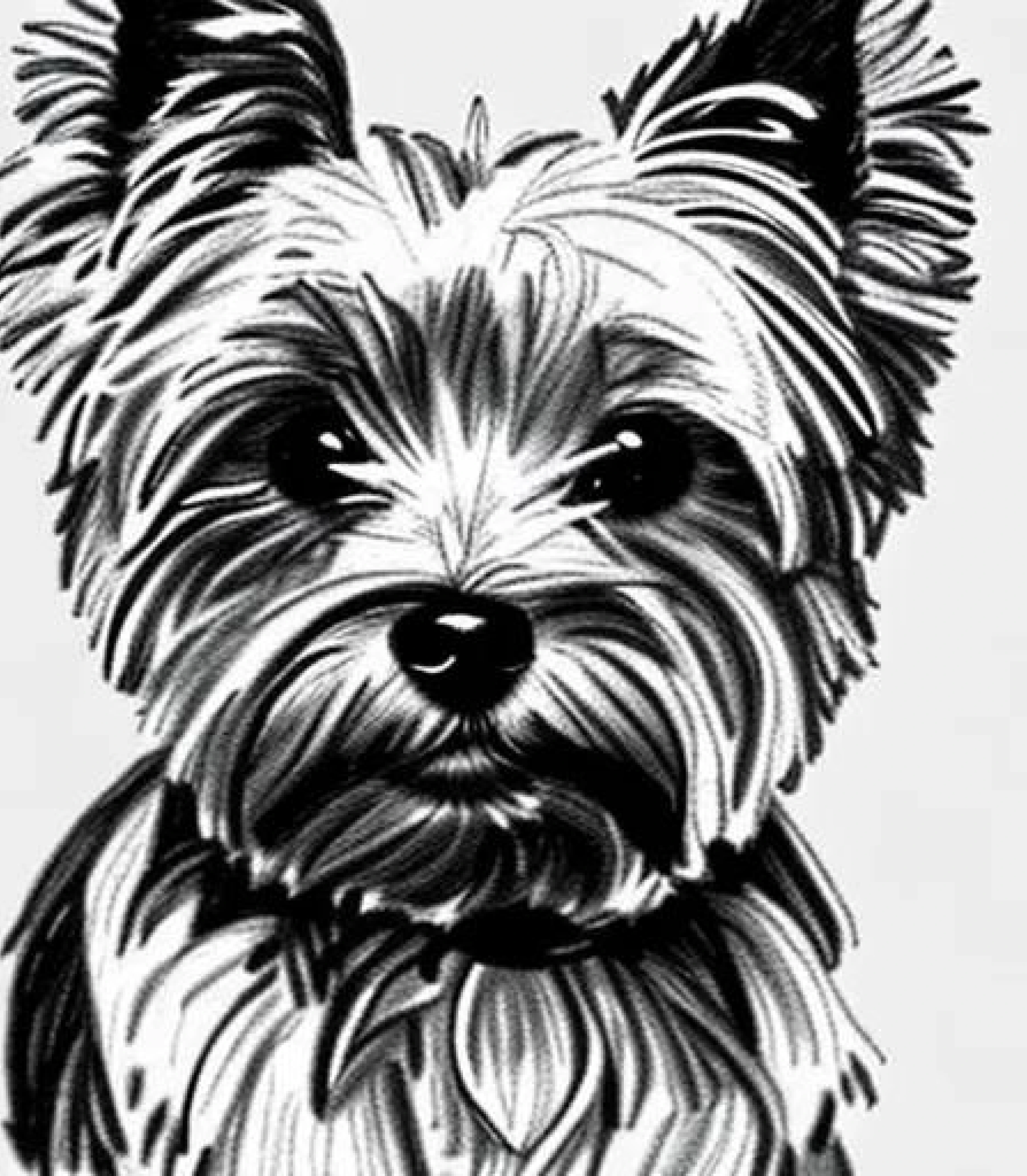
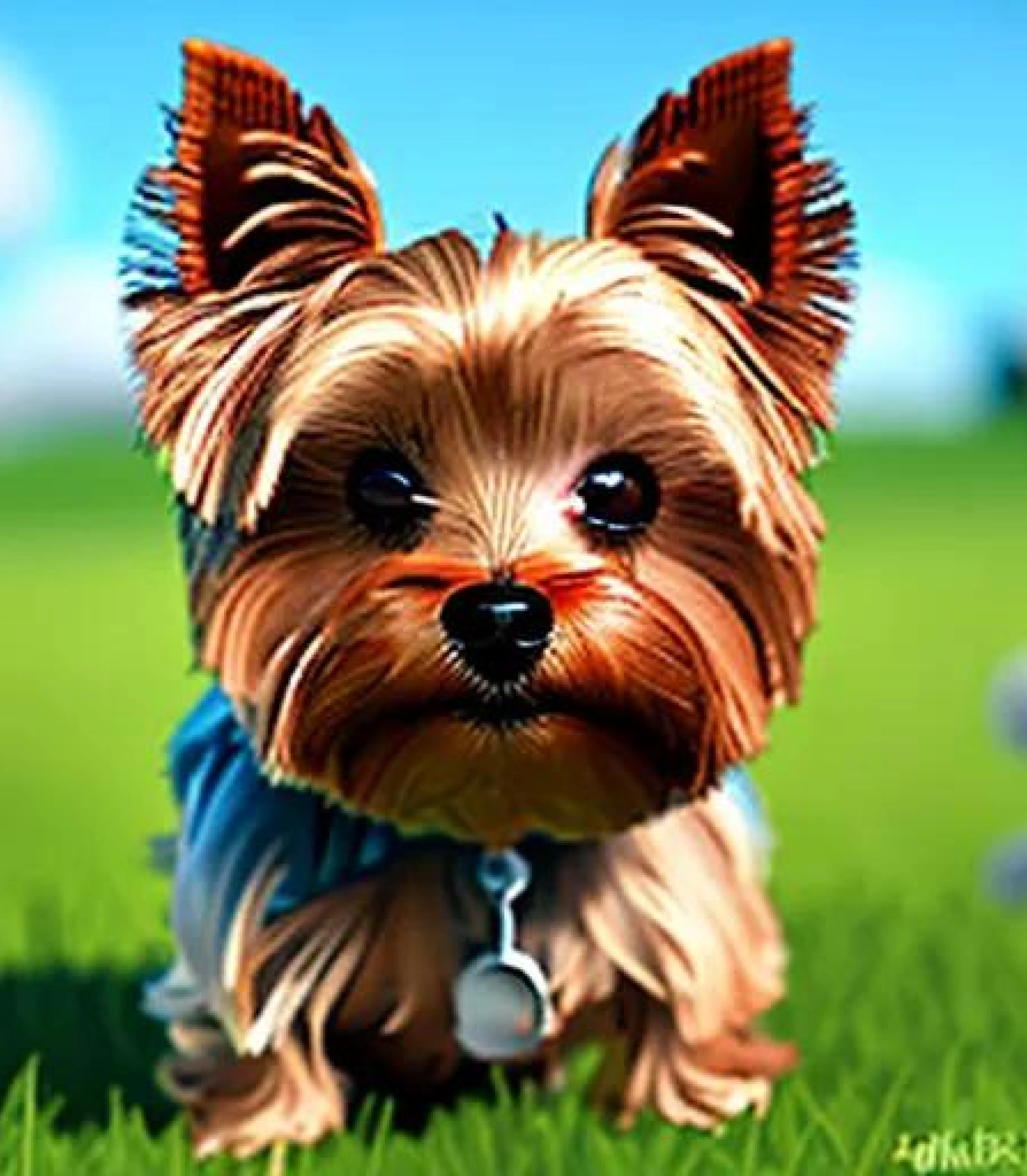
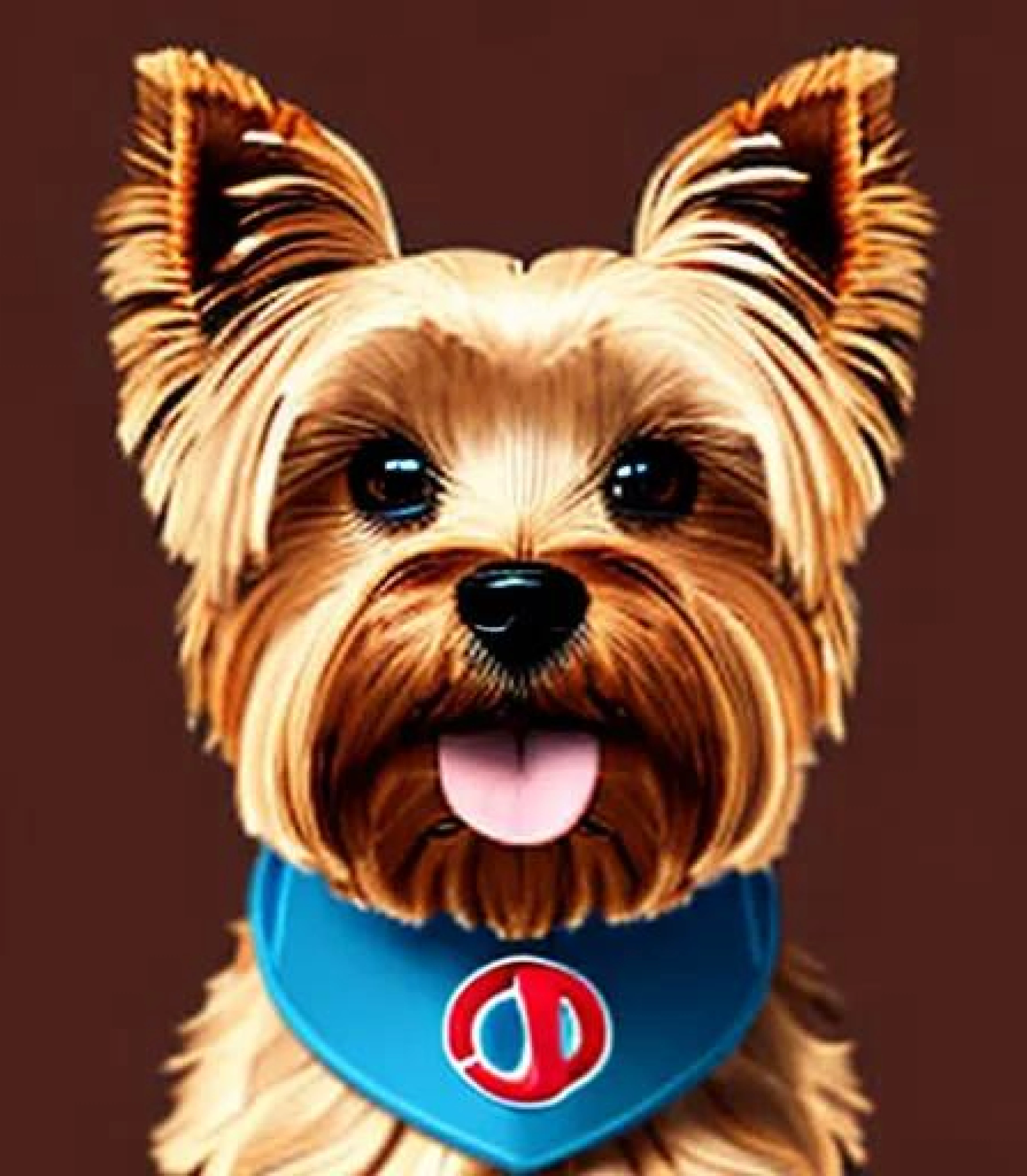

Fun Facts
The Yorkshire Terrier lifespan is between 12 and 15 years.
Yorkshire Terriers have low exercise requirements, needing 30 minutes of exercise a day.
Yorkies are well-known for their long flowing, silky coats. Their coat is similar to human hair and tangles in knots if the owner doesn’t brush it every day. It can also easily break when brushing against carpets.
Due to the high maintenance grooming requirements, many breeders recommend that owners keep their pet Yorkshire Terriers in a “puppy cut” which is short and easier to maintain.
There are eight breed standard colours of Yorkshire Terrier.
In the early days of showing for the breed, Yorkshire Terriers were shown on a silk cloth or cushion. They remain the only breed now which is exhibited on a decorative box in the show ring.
The original drawings in the first edition of L. Frank Baum’s book “The Wonderful Wizard of Oz” depict Toto, as what some believe to be a Yorkshire Terrier. This remains a point of contention among Yorkshire Terrier fans and Cairn Terrier fans but at the time the book was written, the Yorkshire Terrier breed was very popular and the books illustrator W.W Denslow owned one. However, in the movie Toto was played by a Cairn Terrier.
The most well-known Yorkshire Terrier in history is Huddersfield Ben, he was a show and stud dog owned by Mary Ann Foster. He established the standard for the breed as we know it today. He sired many offspring, as due to his excellent breed standard qualities, everyone wanted dogs just like him. In 1891 he had his portrait painted by famous portrait artist George Earl.
In World War II, a Yorkshire Terrier named Smoky is credited with saving soldiers lives by dragging a communications cable through an 8 inch wide, 60 foot long drainage culvert. Smoky is also believed to be the world’s first therapy dog, as she visited wounded soldiers in hospitals. In 1944 Smoky was found by an American Soldier in a Papua New Guinea Jungle and he brought her back to the barracks. U.S Army Corporal William Wynne later wrote a book about Smoky called “Yorkie Doodle Dandy”. There are six U.S based memorials for Smoky (one of which is in the American Kennel Clubs Museum of the Dog) and one international memorial in Australia.



